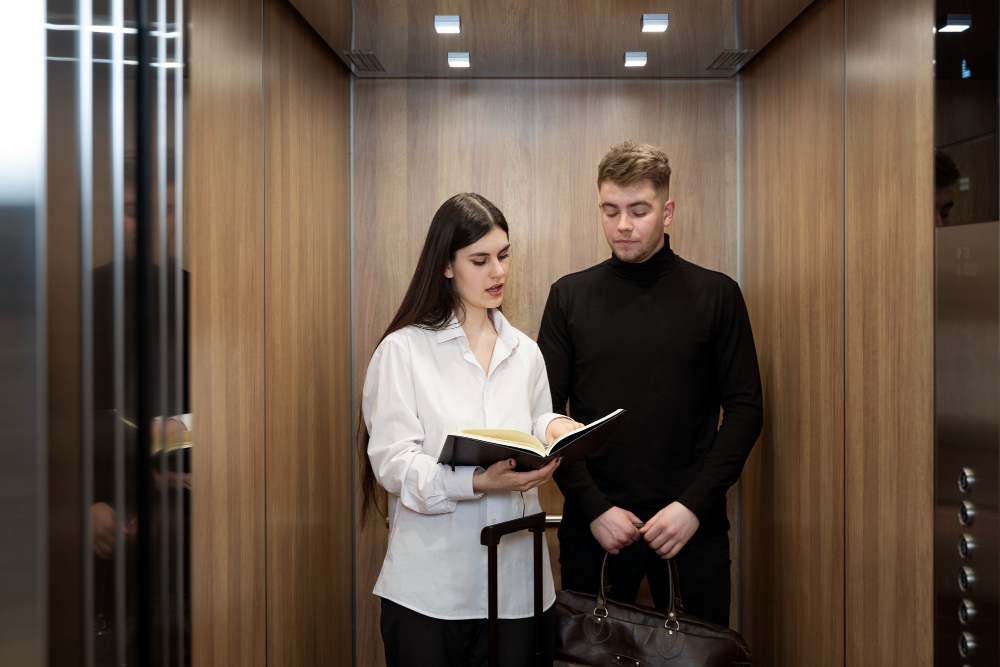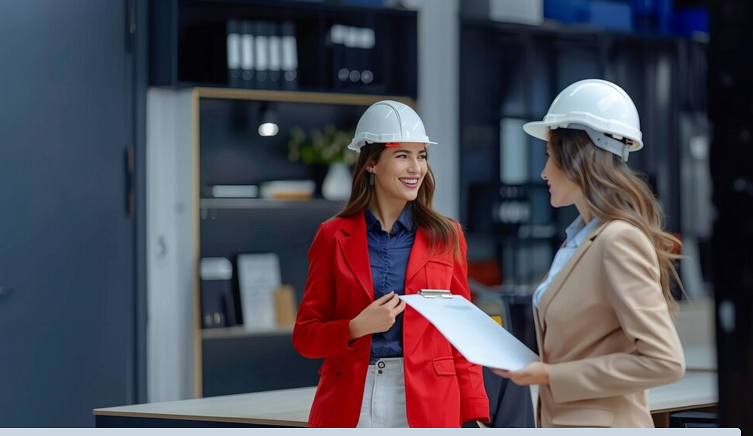What if your next home upgrade didn’t involve knocking down walls or retiling the bathroom?
Have you ever wondered how a residential lift Singapore could actually change how you live?
Let’s be honest—home lifts used to sound like something only the ultra-rich cared about. Now, they’re popping up in landed homes across the island faster than bubble tea stalls in a new HDB estate. The demand for a home lift Singapore isn’t just about luxury anymore. It’s about convenience, ageing-in-place, and yes, a touch of future-proofing your property.
In this article, we’ll explore the latest trends in residential lifts for homes in Singapore—what’s hot, what’s changing, and what you should seriously consider before taking the plunge.
Why More Singapore Homeowners Are Lifting Their Standards
The reasons Singaporeans are installing lifts at home are not always about impressing the neighbours.
Let’s break it down:
Ageing Population
Singapore isn’t getting any younger. With a rapidly ageing society, multigenerational homes are the norm. A residential lift Singapore makes it safer and easier for seniors to access different floors without the fear of stairs.
Narrow Homes, Vertical Living
Ever tried carrying groceries up three flights in a narrow landed property? Enough said. With land scarcity, more houses are built upwards. That makes a home lift Singapore more of a necessity than a nice-to-have.
Property Value Boost
A lift might just tip the scales when it’s time to sell. Many buyers see it as a major plus, especially those planning for long-term family living.
What’s New in the World of Home Lifts?
Here’s where it gets exciting. The latest trends in residential lifts for homes in Singapore are turning heads—and not just because they’re moving vertically.
Sleeker, Smaller Designs
Gone are the days of bulky, noisy elevator systems. Today’s models are compact, quiet, and designed to blend in. Some don’t even need a shaft or pit, saving you from major construction work.
- Glass panels are in vogue, giving the lift a clean, modern look.
- Neutral tones and minimal trims are preferred over flashy metallics.
- Homeowners want style, but not at the cost of space.
Smart Technology Integration
Why stop at a smart TV when your lift can be smart too?
- Some residential lifts in Singapore now come with touch panels, app controls, and voice activation.
- Safety sensors, auto-locks, and even energy-saving standby modes are now standard features.
These aren’t gimmicks—they’re real upgrades that offer both safety and convenience.
Energy Efficiency
Worried about your electricity bill skyrocketing? Don’t be.
New home lifts in Singapore are designed to be energy-efficient. Some even run on regular home electricity with no need for heavy rewiring. This makes them ideal for retrofitting existing homes.
Lift or Let Down? What to Consider Before Installation
Not every lift suits every home. Before jumping in, there are some questions you’ll want answered.
How Much Space Do You Actually Have?
Space is king in Singapore homes. Luckily, newer models require less of it. Still, consult your contractor early to ensure your lift can be installed without slicing your staircase in half.
What’s the Noise Situation Like?
No one wants a lift that sounds like a cargo ship docking. Most modern systems are quiet, but do ask about decibel levels before buying.
Is the Lift Future-Ready?
If you’re investing in a residential lift Singapore, make sure it can evolve. Check that parts are replaceable, software is updatable, and the design won’t look dated in five years.
Budget Talk: How Much Will It Cost You?
Here’s the honest truth—there’s no one-size-fits-all answer.
A home lift Singapore can cost anywhere between $30,000 to $80,000, depending on:
- Number of floors it serves
- Size and weight capacity
- Type of lift system (hydraulic, traction, pneumatic)
- Custom design features
Pro tip: Don’t just go for the cheapest model. Saving money upfront can cost you double in repairs and replacements later.
Maintenance Matters More Than You Think
A lift that breaks down often isn’t just annoying—it’s a hazard. Regular maintenance is not optional.
Choose a model that offers easy access to parts and comes with local support. Don’t forget to budget for annual servicing—it can save you a ton of headaches down the road.
And if your lift comes with software? Keep it updated. No one wants their elevator stuck in the digital past.
What Does the Future Look Like?
If the latest trends in residential lifts for homes in Singapore are anything to go by, we’re only at the beginning.
Expect more silent lifts, better emergency backup features, and even AI-powered systems that can detect issues before they happen. It’s not sci-fi—it’s where the home lift industry is heading.
In time, we may even see lifts that use solar energy or modular systems that allow relocation when you move homes. Now that’s something to look forward to.
Still on the Fence?
If you’re wondering whether a residential lift Singapore is worth the investment, ask yourself:
- Will this make my home more accessible for older family members?
- Could it improve resale value?
- Do I plan to live here long-term?
If you answered yes to even one of those, it might be time to start planning.
Besides, installing a home lift in Singapore doesn’t just make life easier—it’s a future-proof choice in a city where space, safety, and style are everything.
So next time you’re thinking about a home upgrade, maybe skip the chandelier and go vertical instead.
Final Thought
Home lifts are no longer a luxury for a few. They’re a smart, stylish, and increasingly essential part of modern homes in Singapore.
The best part? You don’t have to live in a mansion to enjoy the benefits.
Whether you’re planning for the future, caring for ageing parents, or just tired of lugging your laundry upstairs, investing in a home lift in Singapore could be one of the smartest moves you make.
And hey, at least it beats installing another air fryer you’ll barely use.
FAQs: Residential Lifts in Singapore
- How much space is needed for a home lift in Singapore?
Most models now require as little as 1–1.5 square metres. - Are home lifts energy-efficient?
Yes, many run on standard home power and have energy-saving features. - Do I need a permit to install a residential lift?
Yes, URA and BCA approvals are typically required for landed homes. - How much does a residential lift cost in Singapore?
Prices range from $30,000 to $80,000 depending on features. - How often should a home lift be serviced?
At least once a year for safety and performance. - Can lifts be added to existing homes?
Yes, many models are designed for retrofitting.
7. Are there silent or low-noise options?
Absolutely—newer lifts are built for quiet operation.






